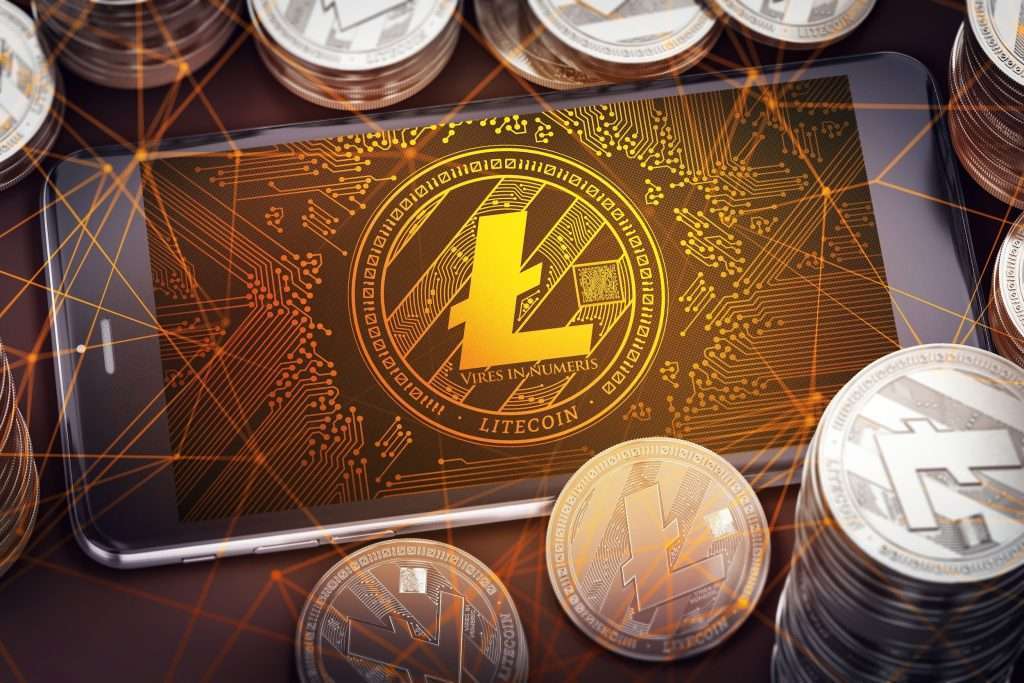|
Getting your Trinity Audio player ready...
|
- Litecoin is a peer-to-peer cryptocurrency and open-source software project that was forked from Bitcoin (BTC).
- Litecoin has a faster block generation rate and uses a different hashing algorithm.
- As of March 8, 2023, the Litecoin blockchain is 62.7 GB in size.
Litecoin (LTC) is a peer-to-peer cryptocurrency and open-source software project that was forked from Bitcoin (BTC). Litecoin has a faster block generation rate and uses a different hashing algorithm. As of March 8, 2023, the Litecoin blockchain is 62.7 GB in size.
What blockchain does LTC use?
Litecoin uses the same blockchain as Bitcoin, but it has a different hashing algorithm. Litecoin’s hashing algorithm is called Scrypt, which is designed to be more ASIC-resistant than Bitcoin’s hashing algorithm, SHA-256. This makes Litecoinhttps://litecoin.org/ more accessible to miners who do not have access to ASIC miners.
Does LTC have its own blockchain?
Yes, Litecoin has its own blockchain. The Litecoin blockchain is a public ledger that records all Litecoin transactions. The blockchain is secured by a network of miners who compete to solve complex mathematical problems. When a miner solves a problem, they are rewarded with Litecoin.
Which crypto has the biggest blockchain?
The cryptocurrency with the biggest blockchain is Bitcoin. Bitcoin’s blockchain is over 300 GB in size. The size of the Bitcoin blockchain is constantly growing as new blocks are added to the chain.
What rank is LTC in crypto?
Litecoin is currently ranked 18th in the cryptocurrency market capitalization rankings. As of March 8, 2023, Litecoin has a market capitalization of $10.3 billion.
How does the LTC blockchain work?
The Litecoin blockchain works in a similar way to the Bitcoin blockchain. The blockchain is a distributed ledger that records all Litecoin transactions. The blockchain is secured by a network of miners who compete to solve complex mathematical problems. When a miner solves a problem, they are rewarded with Litecoin.
The Litecoin blockchain is faster than the Bitcoin blockchain. Litecoin blocks are created every 2.5 minutes, while Bitcoin blocks are created every 10 minutes. This makes Litecoin more suitable for payments.
The Litecoin blockchain is also more secure than the Bitcoin blockchain. Litecoin uses a different hashing algorithm, Scrypt, which is more ASIC-resistant than SHA-256. This makes Litecoin more accessible to miners who do not have access to ASIC miners.
Also read Litecoin Halving Looms, Community Brings Foward Experimental Standard for Fungibility
What are the benefits of using the LTC blockchain?
There are several benefits to using the LTC blockchain. Some of the benefits include:
- Fast transactions: Litecoin transactions are processed much faster than Bitcoin transactions.
- Secure transactions: Litecoin transactions are secured by a network of miners.
- Low fees: Litecoin transactions have low fees.
- ASIC-resistance: Litecoin is more accessible to miners who do not have access to ASIC miners.
What are the risks of using the LTC blockchain?
There are some risks associated with using the LTC blockchain. Some of the risks include:
- Volatility: The price of Litecoin is volatile.
- Security: The Litecoin blockchain is not as secure as some other blockchains.
- Regulatory uncertainty: The regulatory status of Litecoin is uncertain.
Overall, the Litecoin blockchain is a secure and efficient way to transfer value. Litecoin is a good option for people who are looking for a fast, secure, and low-fee way to make payments.
Additional information
- Litecoin was created in 2011 by Charlie Lee.
- Litecoin is a fork of Bitcoin.
- Litecoin uses the Scrypt hashing algorithm.
- Litecoin blocks are created every 2.5 minutes.
- Litecoin has a maximum supply of 84 million LTC.
I’m the cryptocurrency guy who loves breaking down blockchain complexity into bite-sized nuggets anyone can digest. After spending 5+ years analyzing this space, I’ve got a knack for disentangling crypto conundrums and financial markets.


